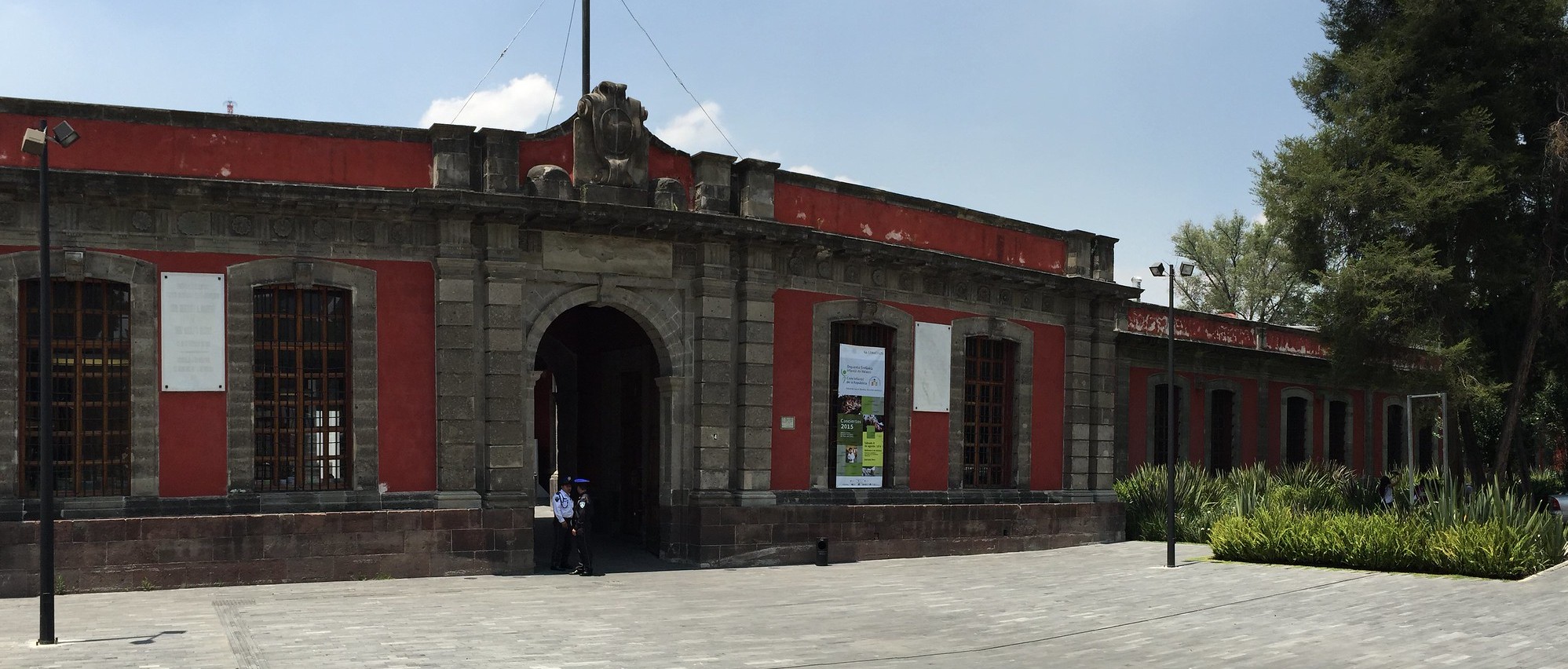
For a timeline of events relevant to the broader Revolution in the entire country of Mexico, see here.
For a map of sites significant to the Revolution in Mexico City, see here.
1910
The Mexican Revolution begins in earnest with the election of Francisco A. Madero in a disputed 1910 election. Madero entered On 7 June 1911, to shouts of “¡Viva Madero!”
But importantly, prior to being sworn in, Madero lost the support of Zapata in the south. The interim acting-president,Francisco León de la Barra, sent Victoriano Huerta to the south of Mexico City and into the state of Morelos to put down Zapatista land reformers and peasants. Despite the President-elect Madero’s recommendations, the revolts met considerable violence.
This led to Zapata’s break with Madero. Serious rebellions in the north of the county would only further weaken Madero’s grip on power.
1913
From February 9 to 19, Mexico’s Ten Tragic Days begin with Huerta’s bombardment of the city, and ends with former President Francisco I. Madero, and his Vice President, José María Pino Suárez, assassinated outside of the Lecumberri Palace Prison.
1913
A trolley line connects Azcapotzalco with Mexico City along the ancient Mexico-Tacuba causeway.
1914
On 15 July, (seemingly moments before WWI erupts in Europe), Huerta bows to pressure, resigns the presidency and flees the country. Victorious “Pancho” Villa forces, accompanied by revolutionary forces under Venustiano Carranza and Alvaro Obregon re-enter the City.
Supported by the Mexican elite, and externally, by Germany, and Great Britain, Huerta’s usurpation of power never enjoyed support from the broader population.
Despite considerable support from northern governors, Huerta met his match in Venustiano Carranza, the governor of Coahuila. Facing an arms embargo by the USA, and eventually an invasion in Veracruz, by July of 1914, Huerta was forced to resign and flee the country.
Carranza would then face the task of putting down multiple rebellions. On December 6, 1914, the forces of Emiliano Zapata enter Mexico City, following the famous December 4 meeting with “Pancho” Villa in Xochimilco. Villa’s “Division del Norte,” having arrived the previous July, was a heavily armed, near-professional military force. Nothing like the ragtag “Zapatistas” had ever been seen, at least not in organized numbers in Mexico City. The two armies remained in the city through the winter.
But both Villa and Zapata refused to unite with Carranza despite the numerous reforms he’d put forward. Among them was a 1917 constitution that returned land to former hacienda owners.
1917
The Constitutional Congress approved a new constitution on 5 February 1917. It was the successor to the Constitution of 1857, and served as a model for both the Russian Constitution of 1918 and the German Weimar Constitution of 1919.
1920
Álvaro Obregón becomes president. Redistribution of lands to peasants begins in fulfillment of promises made during the revolution.